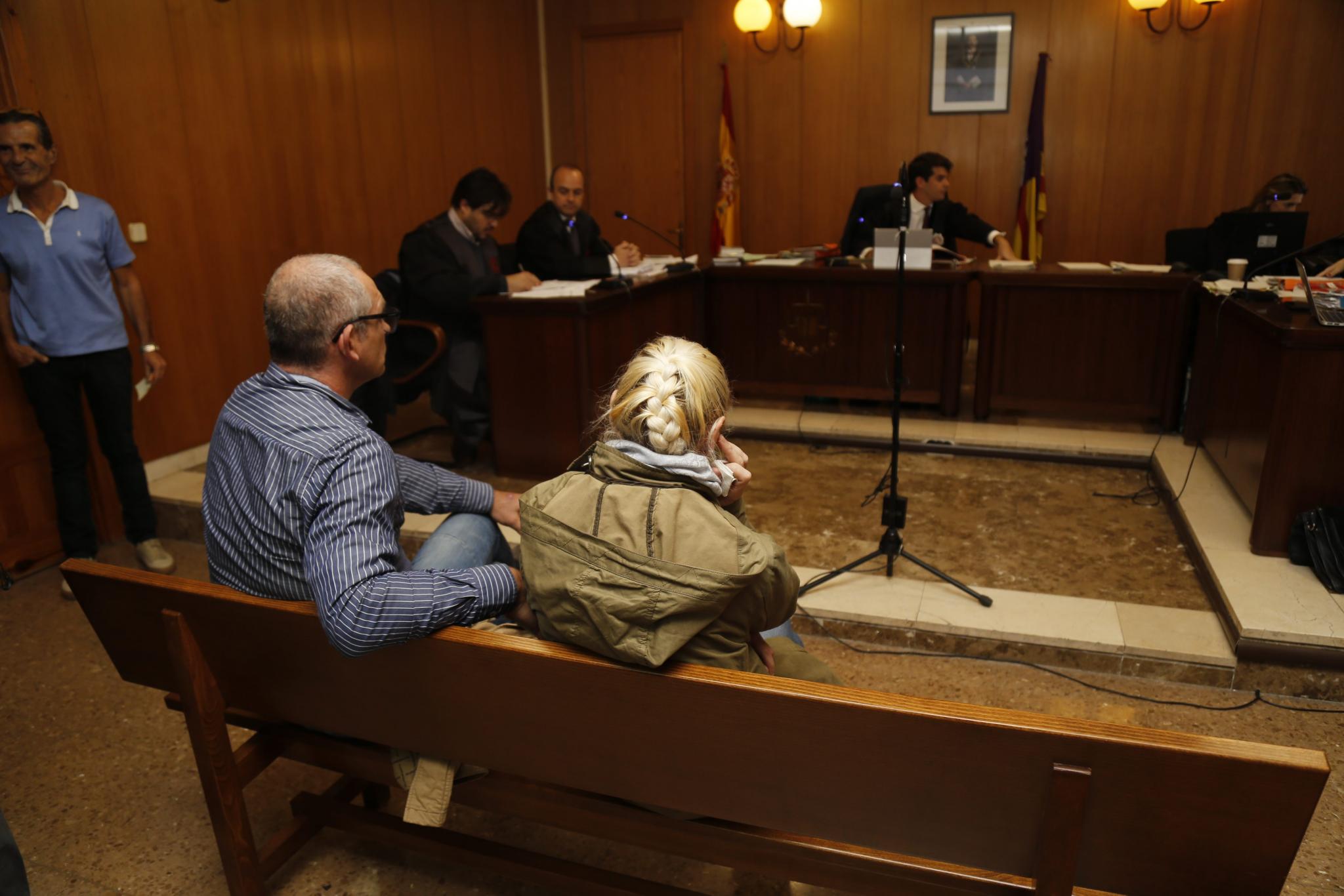He said that the impact of the car was “so violent that there was no vital reaction by the victim”.
The doctor stated that the car had been travelling at up to 60 kilometres per hour on the coastal Avenida Miramar in Sa Rapita. The initial impact, he explained, was with the lower part of the body of the victim, who was then dragged along the tarmac.
There were no tyre marks on the body, he noted. The impact caused instant brain death.
It had been impossible to revive her. There was “general organ dysfunction”.
Council of Majorca engineers told the court that the road had been perfectly lit on the night of the accident in June 2018 and that there had been reflective indicators to highlight the bike lane to drivers.
Paula Fornés and a group of friends were walking on the bike lane when the accident happened. One of these friends stated in court that she has since suffered acute stress.
A Campos police officer refuted the claim made by Renata G. that she had not been informed of her rights. He explained that these had been read to her prior to the breath test and that she had understood them “perfectly”.
Renata G. lost control of the Skoda that belonged to her husband and ran into the group, killing Paula Fornés. She left the scene but was followed by two witnesses who had seen what had happened.
Her driving licence was fake, according to Interpol.


No comments
To be able to write a comment, you have to be registered and logged in
Currently there are no comments.